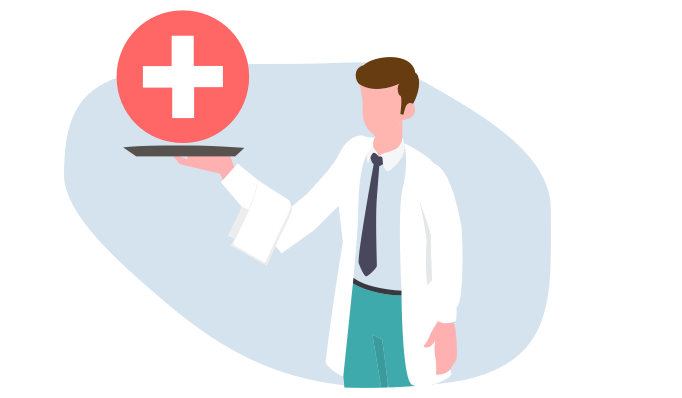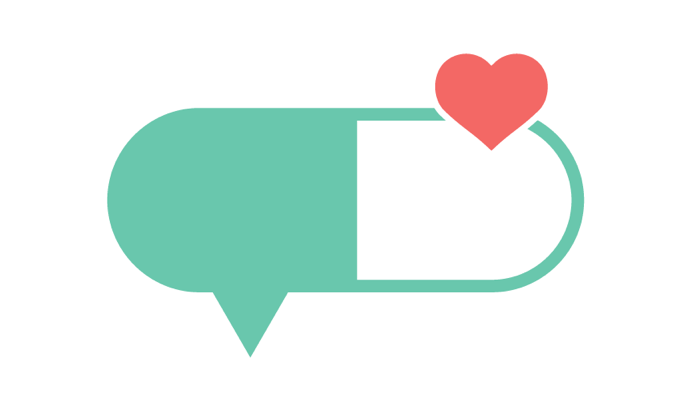We live in an instant gratification economy. On-demand services like Uber, Amazon Prime Today, and DoorDash deliver cars, toilet paper, and takeout Chinese within minutes. All it takes is a couple taps on a mobile phone, and the next thing you know, it’s at your door.
Some parts of healthcare are following suit. You can see a doctor instantly via Teladoc, order new contacts via 1–800-CONTACTS, and even refill medications to your doorstep via PillPack. It’s clear that patients value the convenience and speed of on-demand healthcare the same way they prefer the guilty pleasure of Sunday dinner delivery.
However, some parts of the patient experience have proven more difficult to digitize and ‘Amazonify’. Take specialty pharmaceuticals. The long tail of formularies taken by small groups of patients with serious maladies require expert assistance and navigation. Prior authorization demands several exchanges with patients’ specialists, who are not easy to get a hold of. Benefits verification for expensive medications is a tricky back-and-forth dance with patients’ payers. Finally, therapy onboarding and ongoing assistance require learning about and building relationships with patients and their caregivers over many weeks.
Because specialty pharma demands such a high-touch approach, drug manufacturers have turned to third party pharma services and hub companies to help them deliver the white glove experience required to coordinate enrollment, onboarding, and delivery for thousands of patients every day. These companies have invested billions of dollars in highly trained teams, specialized technology, and proprietary data sets to accelerate time to therapy.
It’s an ideal space to innovate in — it’s relatively low volume, the medications are expensive (and high margin), and patients and providers are highly motivated to fill prescriptions. Unfortunately, improving the specialty pharma patient experience isn’t as easy as creating an online storefront.
While leading services providers have made large strides in reducing the amount of time it takes to get medications into patients’ hands, we still have a long way to go. The average time to therapy is days, not hours, and the average therapy onboarding requires $50+ of agent effort, which is a far cry from leading online retailers.
Automating and digitizing the full patient experience may not be a realistic short-term goal. But taking a design-centric approach to identify the speed bumps and hurdles throughout the patient journey that cause the most friction, and seeing how leading consumer brands solve these problems, can be highly instructive.
Prescription
Problem: “What’s going on?”
Providers request prescriptions on patients’ behalf via the EMR. Patients leave the doctor’s office not knowing what to expect, when they’ll get the medication, and who they should reach out to for help. Often times, it’s the equivalent of throwing a rock over the wall, not knowing if there’s anyone on the other side, and what they’re throwing back.
Who We Can Learn From: American Express Travel Concierge
Consumers who use AmEx’s Travel Concierge can have complicated requests that take an agent several hours to confirm. “I need to rebook my first leg from ORD-JFK from the morning to the afternoon, cancel the second day of my hotel reservation, but keep my JFK-HOU leg, and my Wednesday dinner reservation.” When they receive a request like this, the Concierge team immediately emails or texts the traveler to confirm they’ve received the request, lets them know the team member working on the request, and provides an ETA of when they should hear back. It’s no wonder many travelers swear by the concierge team.
Lesson Learned
Provide an immediate first touch and acknowledgement for new prescription requests, regardless of how long the process is going to take.
Benefits Verification
Problem: “You need me to tell you what?”
Specialty pharma hub agents invariably need to confirm home addresses, correct outdated insurance policy numbers, and update affiliated providers. Getting patients to share this information is difficult — they won’t pick up the phone for random numbers (let alone repeat personal health information in public places), they don’t own fax machines, and they find paper forms cumbersome.
Who We Can Learn From: OpenTable
Diners can easily make reservations on the website or through the mobile app with one click, using pre-filled profile and payment information. When restaurants need more information (e.g. confirm a reservation, learn about allergies or special requests), diners can reply when it’s most convenient for them, with just a few clicks in the OpenTable mobile app, or by replying to an automated text message.
Lesson Learned
Let patients share information in the digital, mobile channels they prefer. Avoid high friction channels like paper, fax, and cold phone calls whenever possible.
Onboarding
Problem: “How do I use this?”
The first 90 days of therapy are the most challenging for patients. Learning how to use a new drug (especially if it’s being delivered in a new medium), building it into their daily routine, and addressing any potential adverse events require focus, dedication, and effort. Patients are often left to fend for themselves throughout this period, combing through dense informational packets, researching online, or calling support teams.
Who We Can Learn From: Airbnb
To make visiting new cities less overwhelming, AirBnB curates neighborhood guides, unique cultural experiences, and restaurant recommendations based on where travelers are staying and what they’ve enjoyed in the past. These highly curated guides are available on mobile, in patients’ pockets the second they check in, and only take a few minutes to scan.
Lesson Learned
Relationships don’t stop at the point of purchase. Leverage patients’ disease state and treatment journey to build and deliver tailored, personalized education and ongoing experience programs over time to keep them engaged.
There is no silver bullet solution for turning patients’ specialty pharma experience into an Amazon experience overnight. Highly trained agent teams can be effective, but delivering high-touch agent experiences is both expensive and difficult to execute. However, overwhelming consumer preference to engage digitally, via messaging on mobile phones, opens up the opportunity to create high-touch engagement, at scale, without incurring massive human agent cost.
We can now automate millions of interactions by leveraging digital assistants (chatbots) that can engage patients while simultaneously eliminating repetitive, low-IQ agent work.
Top-tier consumer brands like American Express, OpenTable, and Airbnb have set high consumer expectations, and have also shown us the basic recipe for success: (1) provide patients with an on-demand, high-touch concierge service, (2) meet them on their preferred mobile channels, and (3) deliver ongoing personalized digital relationships. Identifying the hundreds of small pain points patients must overcome and making each one just 1% better can generate massive improvements in time to therapy, patient satisfaction, and adherence over time.
Remember — patients are consumers. It’s our job to make their experience with new prescriptions feel as easy as getting an Amazon Prime delivery.








